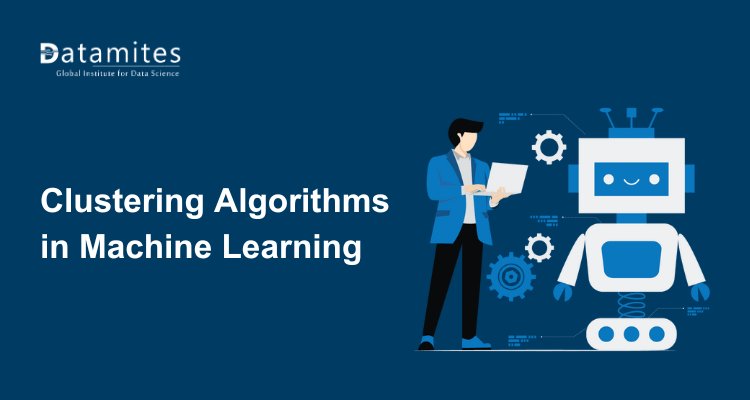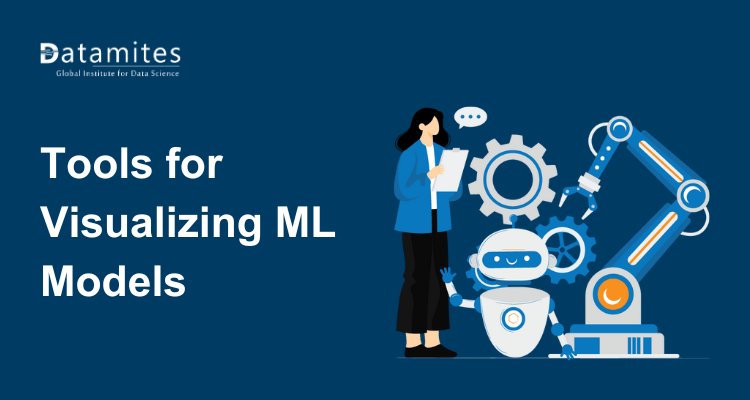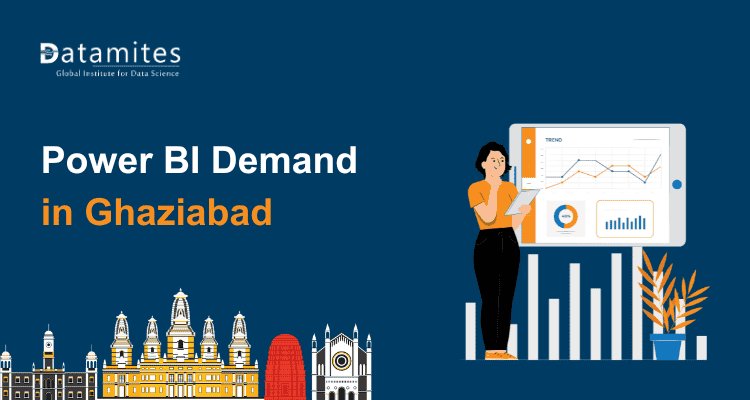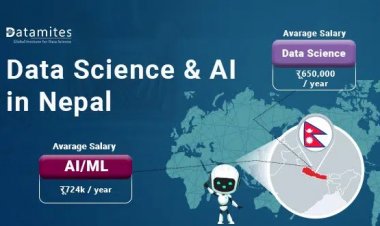Subramani’s Journey from Data Enthusiast to Data Engineer
Subramani’s journey traces his growth from a curious data enthusiast to a skilled data engineer, mastering analytics, tools, and real-world problem-solving to turn raw data into impactful insights and scalable solutions.
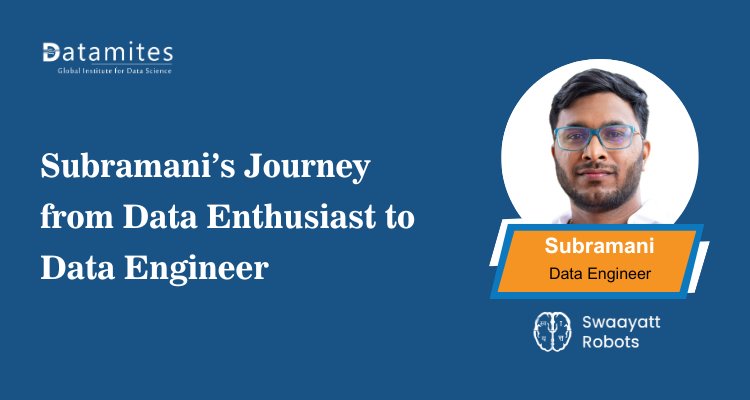
Subramani’s journey from a mechanical engineer in Karnataka to a skilled data engineer shows how curiosity and the right guidance can transform a career. What began as an interest in coding evolved into hands-on work with AI, machine learning, and data engineering.
His story is a great example of how focused learning can lead to big opportunities. After training at DataMites and mastering generative AI and LLM-based tools, he built a strong career in data science. To see more inspiring paths like his, watch Datamites success stories.
How Subramani Built His Career as a Data Engineer with DataM
Discover how Subramani transitioned from a mechanical engineering background to a successful data engineering career through structured learning, hands-on projects, and practical exposure with DataMites.
Refer these articles:
- What Is a Data Mesh?
- Exploring the Role of Quantum Computing in Data Science
- A Beginner’s Guide to the Standard Normal Distribution
Q1: Can you tell us a bit about your background and where you come from?
I’m from Karnataka, near Bangalore. I completed my graduation in mechanical engineering, Bangalore. After that, I worked in the core mechanical field for a while before making a career switch into data science.
Q2: What motivated you to move from mechanical engineering to data science?
I heard about data science through my brother and a few colleagues. The field was growing rapidly, and I felt it would open new opportunities. That’s when I joined DataMites in 2021 to pursue a data science course.
Q3: How did the DataMites program help you?
It gave me a strong foundation in Python, machine learning, and deep learning. Those basics helped me a lot later when I started working as a data engineer. Understanding algorithms and coding principles made it easier to adapt to real-world projects.
Q4: What was your first role after completing the course?
Initially, I worked as a mentor at First Skill for two months. Soon after, I got placed as a Data Engineer at Swaayatt Robots, a company working on autonomous driving technologies.
Q5: What kind of work did you do at Swaayatt Robots?
My main responsibility was to generate synthetic data using generative models like GANs. The data was used for creating training environments and map simulations for autonomous systems.
Q6: How did generative AI come into play in your role?
We used GANs to produce artificial datasets that mimicked real-world scenarios. These datasets helped train machine learning models for vision and mapping tasks, which are critical in autonomous driving systems.
Q7: You mentioned you now work at Axis Cadis. What does your current role involve?
Yes, I’ve been with Axis Cadis for about eight months. We focus on document intelligence extracting structured information from PDFs that contain images, text, and tables, then feeding that data into LLMs to generate insights or recommendations.
Q8: What tools and technologies do you use most frequently?
For text extraction, I often use libraries like Docling and Unstructured. For image-based data, tools like LayoutLM, LLaMA, and OCR-based systems come in handy. We then fine-tune LLMs and VLMs (Vision Language Models) using this structured data.
Q9: What’s the toughest part of your workflow?
Structuring the extracted data is the most challenging part. You need to clean, label, and format it properly before training. If the data pipeline isn’t solid, the model’s output won’t make sense.
Q10: How do you benchmark and test the models?
We compare different open-source tools and libraries PDFMiner, Docling, Unstructured, and others to see which gives the best extraction quality. Once we finalize the pipeline, we fine-tune and benchmark the models for accuracy and inference performance.
Q11: What role does collaboration play in your projects?
A big one. We usually work in small teams where we share benchmark results, exchange ideas, and optimize workflows together. Collaboration speeds up experimentation and learning.
Q12: Are clients open to AI-driven recommendations?
It takes effort to convince them because results need to be interpretable and reliable. But once they see consistent accuracy in extraction and recommendations, they understand the value.
Q13: How do you stay updated with new AI tools and techniques?
By exploring open-source communities and experimenting with new releases. There’s something new every month diffusion models, LLM updates, or optimization frameworks. You just have to stay curious.
Q14: What advice would you give to someone aspiring to enter AI or data engineering?
Start with Python it’s the foundation. Learn how to code, understand logic, and practice solving problems. Once you’re comfortable, move to machine learning and explore how models work. Don’t rush. Build your basics solidly.
Q15: What’s your vision for the next couple of years?
AI is evolving fast, so it’s hard to predict. My plan is to go with the flow keep learning, keep experimenting, and stay relevant as the field advances.
Subramani’s Journey to Data Engineering: Key Insights
Subramani’s story highlights how determination, continuous learning, and real-world project experience combined with expert guidance from DataMites can transform a traditional engineering background into a rewarding career in data science and AI.
- Career Transition: Subramani successfully shifted from a mechanical engineering background to a booming career in data science and AI.
- Importance of Fundamentals: A strong foundation in Python, machine learning, and deep learning played a crucial role in his career progression.
- Initial Roles: His first professional experience included mentoring at First Skill, followed by a data engineering role at Swaayatt Robots.
- Generative AI Work: At Swaayatt Robots, Subramani worked on generative AI techniques using GANs to create synthetic data for autonomous driving systems.
- Current Role: He now works at Axis Cadis, focusing on extracting structured data from PDFs and training large language models (LLMs) to make recommendations.
- Tools and Libraries: He frequently uses tools like Docling, Unstructured, PDFMiner, and open-source models like LLaMA, along with OCR for image and handwritten data extraction.
- Main Challenge: Structuring and cleaning extracted data remains one of the toughest and most critical parts of his work.
- Continuous Learning: Subramani emphasizes benchmarking different AI tools and staying updated with the latest advancements in the field.
- Advice for Beginners: He recommends mastering Python first, then expanding into machine learning, data handling, and model development.
- Technical Skills Expansion: Learning C++ can be beneficial for optimizing models in inference and production stages.
- Industry Outlook: The AI and data science landscape is evolving rapidly, demanding adaptability and constant learning.
- Motivation: The dynamic nature of AI, continuous discovery, and hands-on experimentation drive his enthusiasm for the field.
- Core Message: Strong fundamentals, curiosity, and persistence are key to building a successful career in data science and AI, regardless of one’s original discipline.
Refer these articles:
- Saurav’s Journey: From Fresher to Data Scientist
- From Commerce to Data Scientist: Arif’s Success Story
- How Milind Kumar Built a Career in Data Engineering
- Navdeep Raj’s Journey to Building a Career in Data Engineering
Subramani’s journey shows how curiosity and persistence can bridge completely different disciplines. From a mechanical engineer to a data engineer working on generative AI, his story proves that strong fundamentals and continuous learning can redefine careers. For anyone aiming to step into AI, his advice is clear start with Python, build your base, and let learning guide your direction. In fact, Data Science is considered one of the best IT courses to begin this journey, offering the perfect foundation for careers in AI, analytics, and emerging technologies.
For aspiring data engineers like Subramani, now is the perfect time to build in-demand skills and step into one of technology’s fastest-growing fields. As businesses continue to rely on data-driven insights, the need for skilled professionals keeps climbing. According to Fortune Business Insights, the global data science platform market is projected to rise from USD 103.93 billion in 2023 to USD 776.86 billion by 2032, at a CAGR of 24.7%. Enrolling in a data science training in Bangalore, Pune, Hyderabad, Chennai, Mumbai, Ahmedabad, or Delhi can help learners gain the technical expertise and confidence needed to grow in this evolving space.
DataMites Institue, a recognized name in Data Science, Data Engineering, AI, Machine Learning, Python Development, and Data Analytics training, played a key role in Subramani’s transformation. Accredited by IABAC and NASSCOM FutureSkills, DataMites equipped him with hands-on experience, guided mentorship, mock interviews, and career support helping him move seamlessly into a data engineering role.
With flexible online and offline options, including Data Science courses in Pune, Bangalore, Hyderabad, Chennai, Mumbai, Ahmedabad, and Delhi, Subramani chose a format that fit his schedule and learning style. Coming from a mechanical engineering background, the industry-aligned curriculum and expert mentorship at DataMites helped him gain the skills to transition into data engineering. The hands-on training and career support led him to a successful role as a data engineer. For others aiming to follow this path, a Data Engineering course in Bangalore offers the right blend of practical learning and opportunity.



